For Reuse to Work, Language Matters
July 08, 2025
A quick guide to messaging for reuse programs and getting people to join in and participate.
When it comes to reuse, words matter. As we reinvent reusable packaging systems to thrive in today’s world, effective communication is as crucial as any operational consideration. Successful systems depend on brands and solution providers effectively guiding consumers to feel inspired and empowered to reuse—or at the very least, to foster awareness of and participation in new reusable programs.
Reuse comes with new habits: using and disposing is such an engrained part of our daily lives that asking people to return packaging takes significant cognitive effort. It involves asking time-starved consumers to digest new information and to act on it consistently throughout their day-to-day lives. To break through the noise of the 50-400 ads that bombard Americans every day, the first challenge of a new reuse program is to disrupt. Then, there are a few quick seconds to explain the new system and inspire consumers to take action, seeding a new habit that will be formed over time with consistent repetitions.
In 2024, Closed Loop Partners’ Center for the Circular Economy led an unprecedented collaboration in California that got an entire city reusing. The NextGen Consortium’s Petaluma Reusable Cup Project1 took on the challenge of making reusable cups a citywide norm. Working together with leading global brands, 30 local businesses and many local champions, we launched a campaign to inspire Petaluma to be part of the solution. The campaign reached 8.7 million media impressions, with 80% of people in the city aware of the program. In-store comms and signage played a disproportionate role in successfully driving awareness, understanding and returns.
In its three months, the initiative saw over 220,000 cups returned in the town of ~60,000 residents. Valuable learnings from over 1,000 consumer interviews and surveys during the Petaluma Reusable Cup Project taught us the best practices to strengthen reuse messaging.
Below are 5 keys strategies for brands and innovators to get their customers to reuse:
- Use consistent keywords and familiar phrases. People often don’t read instructions when approaching their trash bins, so they need consistent use of simple keywords to understand what they are supposed to do differently. A catchy slogan like ‘sip, return, repeat’ helps land the message. The use of clear fonts and bold text is also vital to cementing these new instructions.
- Lean on visual cues. Logos and symbols are important cues to quickly trigger the desired action. As it takes time for a logo to stand alone and carry its own meaning, symbols should be used along with words until they are recognized widely. It took time for the chasing arrows to become the universal sign for recycling, and it will take some time for reuse logos to get there too.
- Colors are an effective and accessible communication tool. Colors transcend words and logos. The right color selection can make consumers pause and look for more information. Colors can also convey that a product is more premium, influencing how shoppers subconsciously think about disposal. Matching the color of the bin to packaging can cue that items are meant to go there. In Petaluma, using color to signal that purple cups go in the purple bins helped business and consumers explain and understand the system quickly.
- Don’t overwhelm your customers with the problem of all packaging waste. Focus on the solution at hand and desired action, instead of the full scale of packaging waste to be solved for the planet, to help consumers engage meaningfully. And it’s best not to overpromise. Consumer communications should prioritize the part of the solution users need to participate in (i.e., in returnable packaging systems, to “return” packaging after use) rather than abstract or highly technical ecological benefits (i.e., that a reusable cup helps to avoid XX tons of CO2e).
- Gratitude and positivity go a long way. To show impact and build trust, corresponding signage and employee prompts can help drive home reuse as a new norm. Phrases like “thanks for being part of the solution” clue customers into how their action is contributing. Gratitude can also serve as positive reinforcement to accelerate a new social norm. Showcasing how many single-use cups have been prevented from going to landfill also helps reinforce the desired behavior and can be framed as a community achievement.
Show up consistently to deliver the message.
Packaging is the main vehicle for communication; each word and square inch counts to inspire and educate consumers on desired circular actions. Here’s how the Petaluma reusable cup was designed to disrupt, engage and inspire consumers to return:

When and how to use messaging on your packaging and collection bins:
| Messaging | Reasoning
|
| “Reusable cup” over “returnable cup | The consumer benefit is reuse – and the waste reduction for the community
|
| “Please return this cup” over “Please reuse this cup” | While the cup will be reused by a consumer, our goal is to establish a new return behavior
|
| “This cup will be washed and sanitized” over “this cup will be cleaned” | Consumers are reassured to know there is a step to remove debris AND a step to kill germs
|
| “Cup return bin” over “cup collection bin” | This trains consumers to think about a new return action rather than existing behaviors like trash collection
|
Language is just one part of the reuse culture; collaboration and consistency are key.
No matter how effective it may be, one sign, ad or piece of packaging design alone cannot spark a culture of reuse. It takes trusted brands, businesses, as well as public and community influencers working together to reshape the norm away from single-use packaging.
As brands refine language to make reuse compelling, being at the table with the right partners is critical to making reuse stick. As reuse moves from closed systems to city-wide programs, using words that resonate––and collaborating with partners across the value chain––will be a key driver to further scale.
Related posts
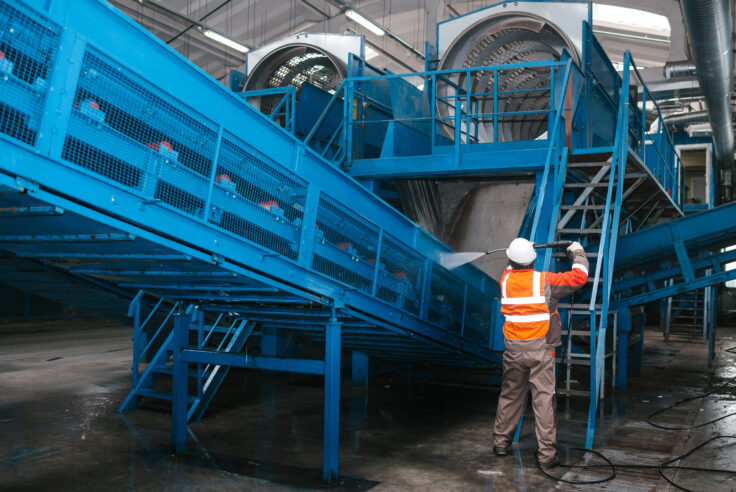
Press Release
Closed Loop Partners Releases New Guidelines to Strengthen...
The new guide shares tactical best practices to help...
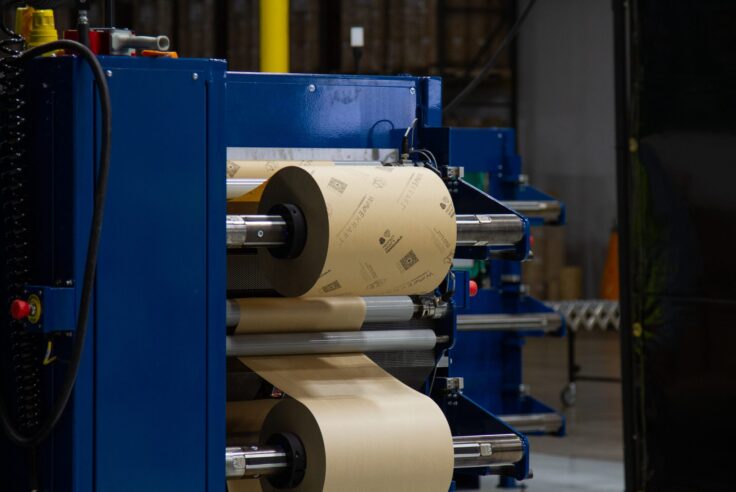
Press Release
Closed Loop Partners Deploys $10 Million Loan to TemperPack,...
This marks Closed Loop Catalytic Capital & Private...
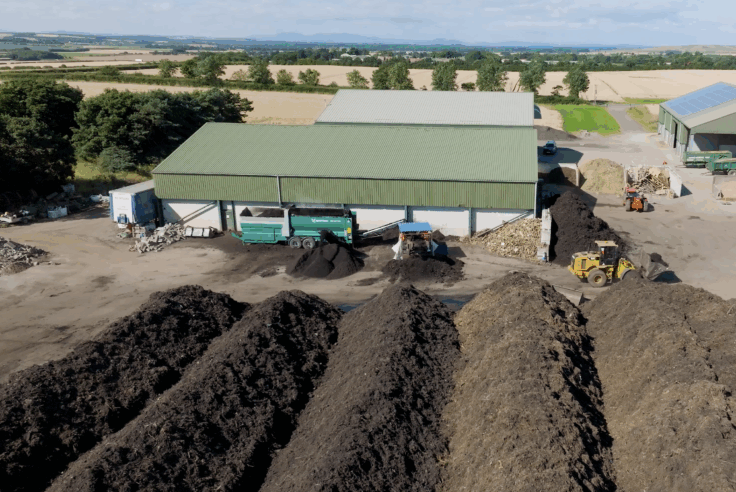
Press Release
Closed Loop Partners’ Composting Consortium, With...
Eight municipal and composter-led projects received...

Blog Post
Materials Matter: Designing Reuse for the Real World
One of the most important design decisions for reuse...

Press Release
Closed Loop Partners Advances Major Progress for the...
The circular economy-focused firm releases 2024 impact...

Press Release
Beyond the Bag Initiative Unites Major and Local Retailers...
Headlined by Target, CVS Health, Ralphs and Food 4...

Blog Post
Reuse Is Coming to U.S. Cities. Here’s How Businesses...
Reuse is growing across sectors — but it’s still...
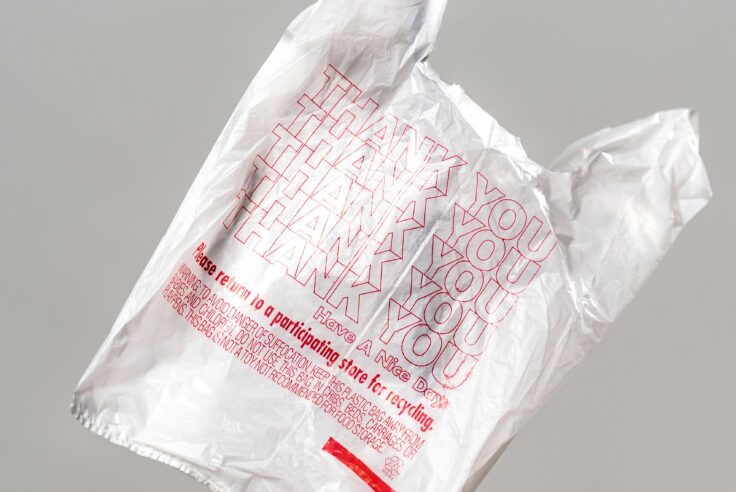
Press Release
Beyond the Bag Initiative Releases Its Largest Study...
The Consortium to Reinvent the Retail Bag unveils insights...

Press Release
Closed Loop Partners Adds New Private Equity Managing...
Daniel Phan joins the circular economy-focused firm...
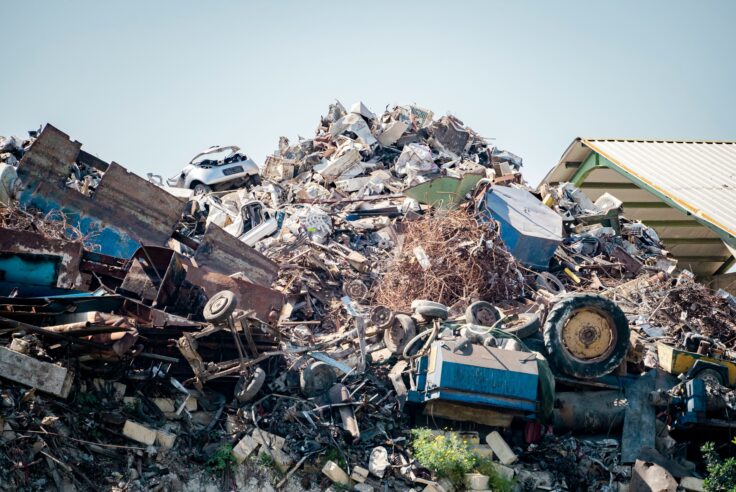
Blog Post
The Hidden Value of Scrap Metal: Why Local Recovery...
VALIS discusses circularity of metal processing, and...

Press Release
Closed Loop Partners’ Composting Consortium Launches...
The grant program for composters and communities comes...
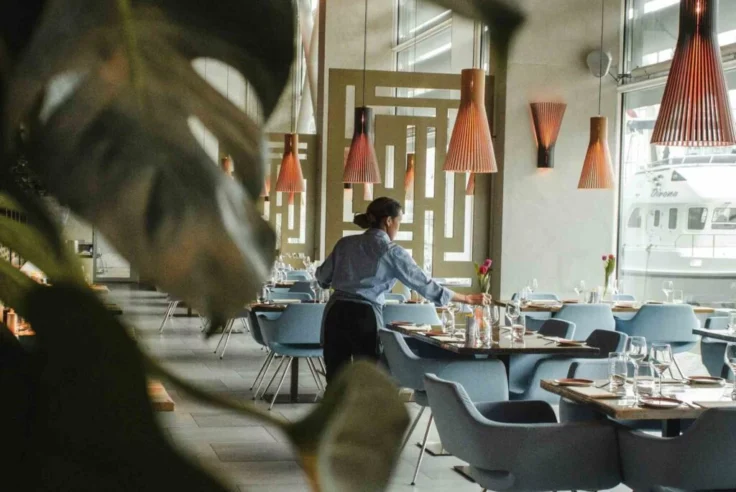
Blog Post
How AI Can Reduce Food Waste at Restaurants
Closed Loop Ventures Group led the seed investment...
